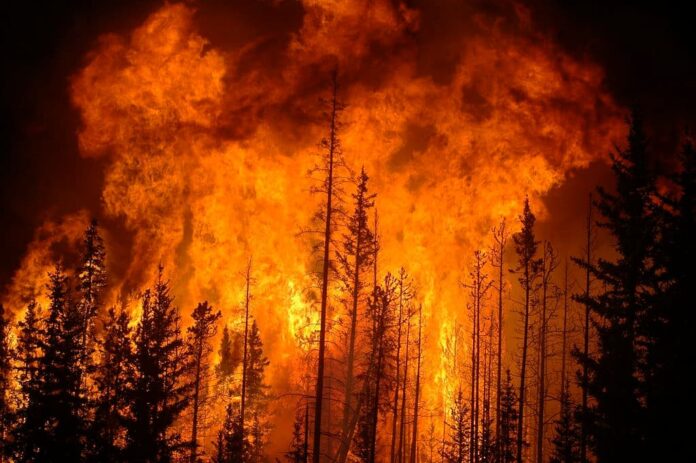Passive pyrophytes are plants that can tolerate fire which means they can survive some forest fires with little to no damage. In contrast, active pyrophytes are the plants that encourage the spread of fires due to their inflammable oil production. The ability to resist the effects of fire exists in a number of plants and vegetation. We are going to focus on some pyrophytes in trees today, so let’s take a look at the list below.
1Coast Redwood
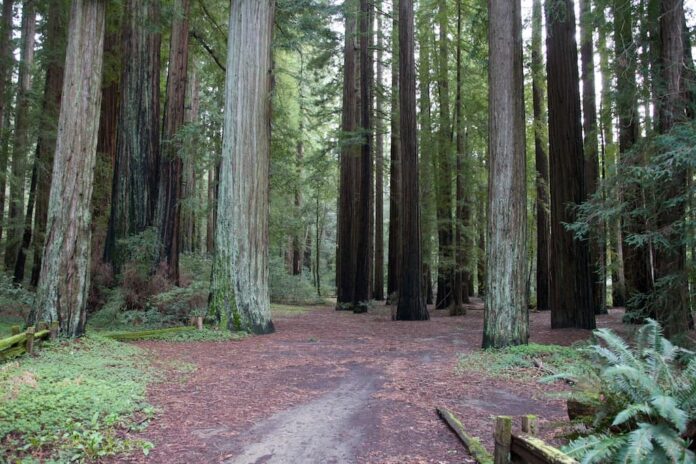
Most redwood trees are fire resistant, and these trees are most common in the coastal forests of Northern California. Fire is common where they grow, and coast redwood trees are pyrophytes due to their adaptation to survive forest fires. Also, redwoods are very fire resistant if they are kept hydrated in the hot season. The healthier the trees are, the more fire-resistant they become. The special thing about coast redwood is that they have thick fire-resistant barks that harden during the fire. Apart from being passive pyrophytes trees, coast redwoods are also one of the largest trees in the world. There are many species but this tree species can grow up to 94.8 meters tall.
2Cork Oak
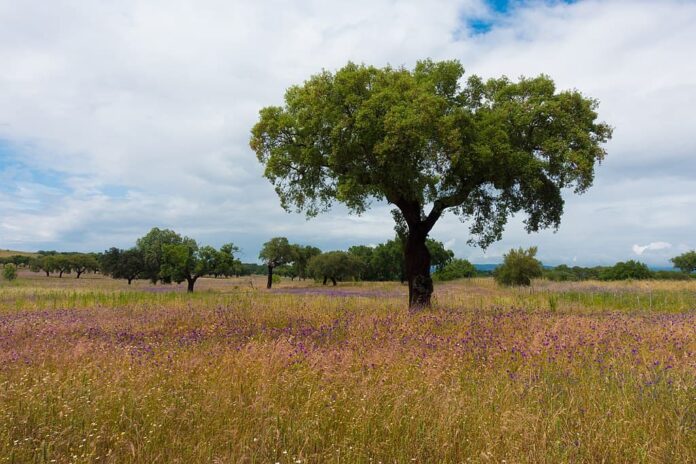
When it comes to resilience, cork oaks definitely go on the list due to their ability to withstand extreme conditions. Cork oaks can ensure drought while demanding very little soil quality to grow and live. A forest of cork oaks is a beautiful home to a wide range of animals and plant species. On top of that, these evergreen trees are also passive pyrophytes since they can withstand major fires. Cork oaks have thick and spongy barks that can tolerate intense burns during forest fires very well.
The most fascinating thing about them is that cork oaks are able to re-sprout in the aftermath of the fire. Even when most of the foliage has been scorched from the canopy, these trees and thrive and continue to live. This is without a doubt why cork oaks are one of the most fire-resistant trees in the world. People use them for the production of cork in several countries in the Mediterranean, and they are found in the western Mediterranean basin.
3Giant Sequoia
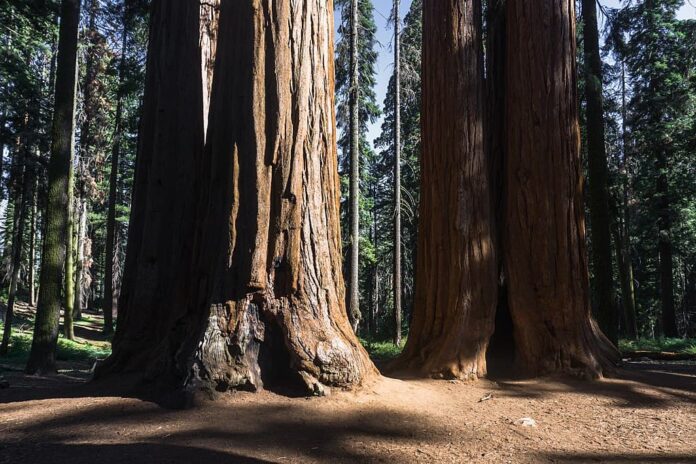
While many trees die from fire, the giant sequoias depend on fire to reproduce. Fire gives them 3 things that they need for regeneration which is quite interesting. The fire punches a hole in the forest, allowing more light and water for their seeds. Another thing is that the fire heats up the cones in mature sequoia trees so that the cones will open. That is when the seeds are released onto the ground for the next generation to grow.
The last advantage of the fire to the giant sequoias is the fact that it clears away all the leaves around. With the birth of fire and ash, some people also called them the phoenix trees or the resurrection trees. This unique tree species has incredibly thick and fire-resistant barks that can be directly burned without sustaining damage. The longer they live means the taller they grow, and the oldest and largest giant sequoias are over 3,000 years old.
4Longleaf Pine

Here you are looking at a cultural symbol of the Southern United States and the official state tree of Alabama. These trees have thick barks that help them to tolerate fire during natural wildfires. At the same time, longleaf pines are also resistant to frequent fire cycles throughout their lives and growth. Because of this tolerance, there are open longleaf pine forests or savannas after wildfires when other trees died from the fire.
Not different from the giant sequoias, longleaf pines are very dependent on fire in the ecosystem to reproduce. After the natural wildfires, the seeds from the trees start to grow. At first, the new seedlings resemble a dark green fountain of needles known as the grass stage. During this stage, it is resistant to low-intensity fires since the tightly packed needles protect terminal buds from heat. The stage lasts for 5 to 12 years before it grows to a larger size.
This tree species can grow up to 90 to 110 feet with an extensive tap root system. Along with that, longleaf pines can grow on poor soils and sandy conditions than most other hardwoods and pines. This root system helps to anchor the trees firmly so that the trees can survive hurricanes and other storms. Longleaf pines take between 100 to 150 years to become full size, and they can live for up to 500 years old.
5Stone Pine
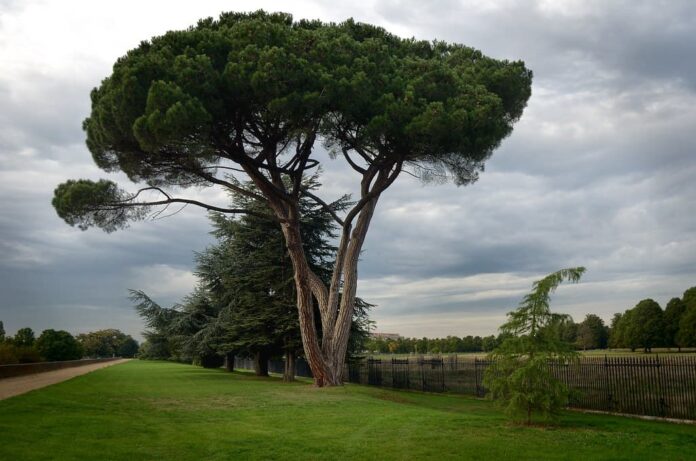
This is another type of pine tree that is resistant to low to moderate-intensity fire. Stone pines are not only fire tolerant but also fire-loving since they require wildfires for their daily life and survival. Those include reproduction, recycling of nutrients, and removal of dead vegetation around their sites. That way, these pine trees are able to live without the presence of dead grasses and vegetation that may harm their growth.
Thanks to the thick bark with high moisture content, stone pines are able to resist fire. The fire simply ruptures the seeds of the tree itself while the heat and smoke trigger the germination of the next generation. At the same time, the hard-coated fire-resistant cones of these trees will open when exposed to high temperatures. This also brings the trees the opportunity to live in an environment and place where there are no competitors.
As the trees grow, they self-prune the lower branches to prevent the fire from jumping from the ground to the canopy. This is to prevent the fire from completely destroying the trees, but the buds can activate after a fire event. When the fire ends, the tree re-sprout from root crowns known as a below-ground sprouter. So tough and versatile, this is why stone pines are one of the passive pyrophytes that are fire resistant.
Related Post: Tallest Trees In The World


